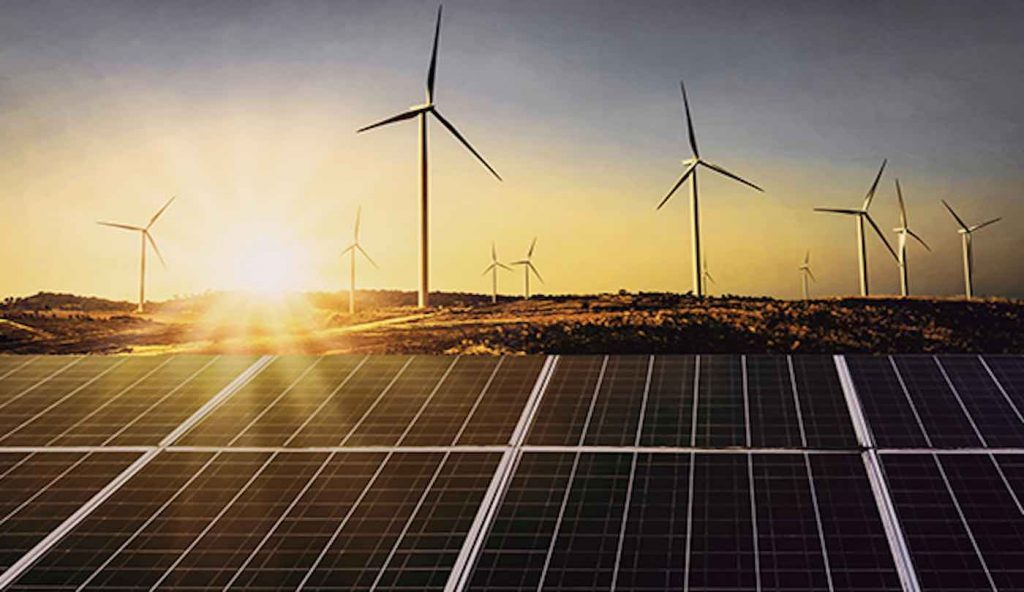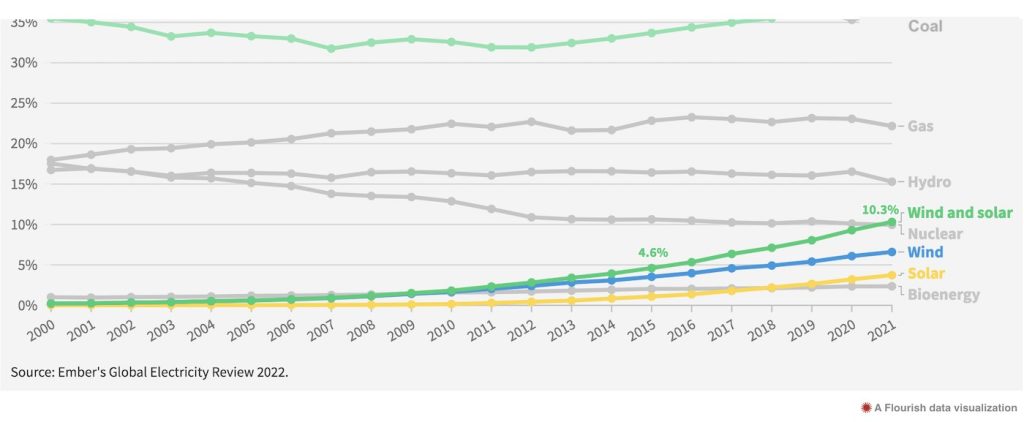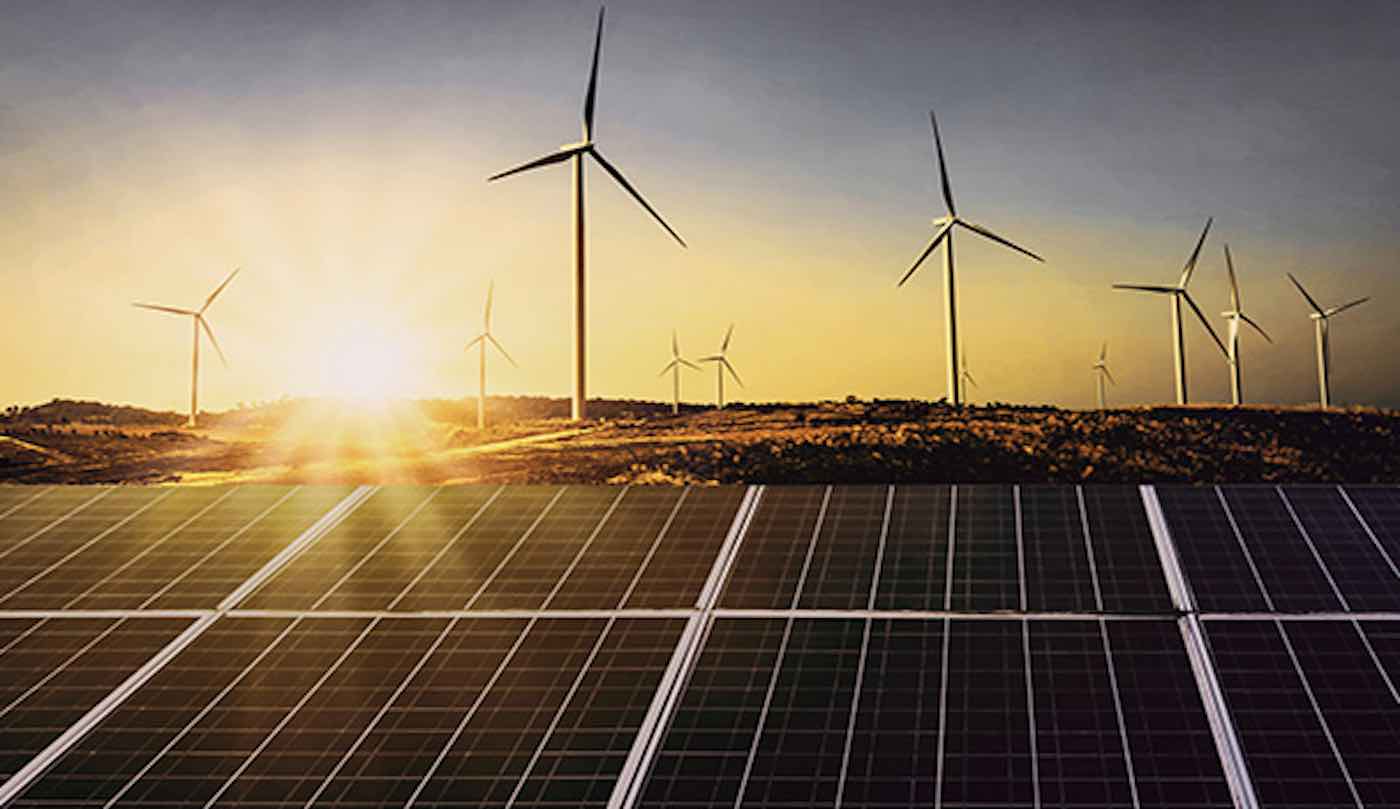
Wind and solar generated over a tenth of global electricity for the first time last year.
The milestone is more than double the number calculated when the Paris agreement was signed in 2015.
Wind generation rose by 14% and solar power increased by 23% since last year. Combined, they rose by 17% overall worldwide.
Taken together, wind and solar are now the fourth largest source of electricity in the world with its 10.3% market share.
Nuclear energy and bioenergy stayed mostly level in 2021, while hydro’s share dropped. Together, those three sources were responsible for around 28% of global electricity.
50 countries now above 10%
Fifty countries had more than one-tenth of their electricity coming from wind and solar in 2021, up from 43 nations in 2020 and 36 in 2019.
Achieving that landmark for the first time were China (which topped 11.2%), Japan, Mongolia, Viet Nam, Argentina, Hungary, and El Salvador (which reached 12.0%).
Significantly, all 5 of the world’s largest economies have reached this landmark: the U.S., China, Japan, Germany and the UK. Europe leads the way with nine of the ten top countries.

Three countries have even exceeded 40% of their electricity from wind and solar. In 2021, Denmark, Luxembourg and Uruguay achieved 52%, 43% and 47% respectively, leading the way on technology for high renewable grid integration.
Not surprisingly, oil-producing juggernaut Saudi Arabia’s electricity is still less than 1% wind and solar, and Egypt and the UAE create just 3%.
Which countries evolved the fastest over last 2 years?
From 2019 through 2021, the Netherlands, Australia, and Viet Nam have switched 8% of their total electricity demand to wind and solar—and those sources directly replaced fossil fuels.
In the Netherlands, the share of wind and solar rose from 14% to 25% in just two years, whilst the share of fossil fuels fell from 78% to 63%.
In Australia, wind and solar rose from 13% to 22%, whilst the share of fossil fuels fell from 79% to 70%.
In Viet Nam, the share of wind and solar rose from 3% to 11%, whilst the share of fossil fuels fell from 73% to 63%.
If these trends can be replicated next year—and sustained—the power sector would be on track to achieve the ultimate goal of global warming reduction as calculated by the UN’s IPCC Panel for The Paris Agreement, cutting by 1.5C compared to pre-industrial levels.
RELATED: Tens of Millions Now Have Power Thanks to Off-Grid Solar Systems –Many of Them Recycled
The report was recently published by Ember, an independent energy think tank that “uses data-driven insights to shift the world from coal to clean electricity”.
– Reprintable under Creative Commons License (CC BY-SA 4.0)




















